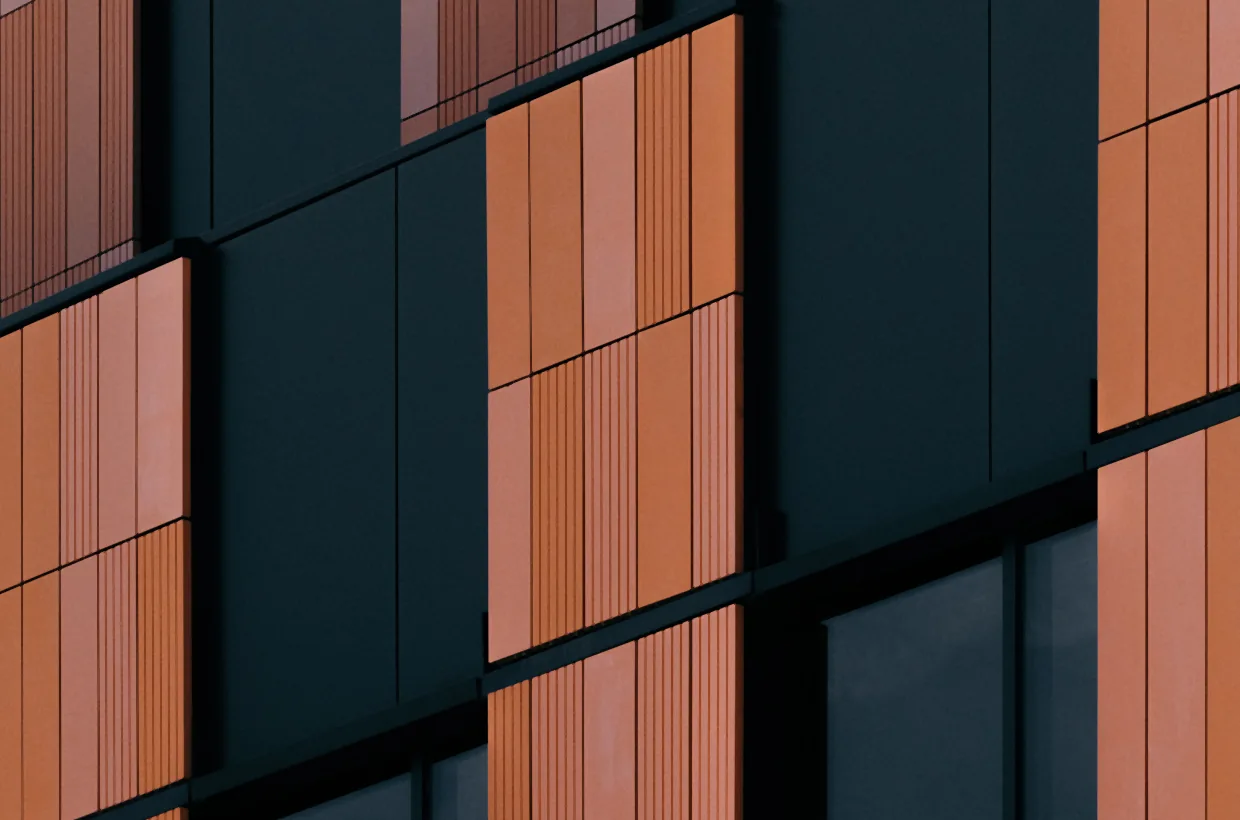Symmetry has long been a cornerstone of architectural design, a principle that imbues structures with a sense of balance and harmony. In the realm of facade design, this symmetry is more than just an aesthetic choice; it’s a reflection of human psychology’s preference for order and balance. Harmony through facade symmetry is not merely about mirroring two sides of a structure; it’s about creating a visual dialogue between the building and its surroundings, a conversation that speaks of elegance, order, and beauty.
The impact of symmetrical facades is profound. They offer a sense of stability and permanence, qualities that are deeply comforting to the human psyche. This is particularly evident in classical architecture, where symmetry is used to convey power and authority. However, in modern designs, symmetry is often interplayed with asymmetrical elements to create a dynamic yet balanced aesthetic. This evolution shows the versatility of symmetry – it’s not just a rigid rule, but a fluid concept.
Incorporating symmetry in facade design brings a unique set of challenges and opportunities. The challenge lies in aligning symmetrical elements with the building’s functional requirements without compromising aesthetics. On the other hand, the opportunity is to create a striking visual impact that elevates the building from a mere structure to a landmark. Symmetrical facades, when executed well, can become iconic symbols, representing not just the building but the ethos of the environment they are part of.
As we continue to explore the boundaries of architectural design, the role of symmetry in facade architecture remains significant. It is a testament to the enduring appeal of balance and proportion. Whether in grand public buildings or private residences, the harmony achieved through symmetrical facades speaks a universal language of beauty, a language that resonates across time and trends. In this way, symmetry is not just a design principle; it is a bridge connecting the past, present, and future of architectural expression.

Leave a Reply